Will the world see technological breakthroughs next year in the consumer products? Sure, there was the fingerprint sensor on iPhone and Android smartphone. But they’re already so yesterday and boring before we unleash fireworks for the New Year celebration. Besides, there’s only so much you can do with the fingerprint recognition.
What else could Apple or Samsung unleash in 2016? Probably thinnest, waterproof, better camera, higher memory, better 3D Touch, bigger screen, sexier external design or in the case of iPhone – elimination of headphone jack. Still, those are boring incremental improvements which aren’t making it worthwhile for a new phone upgrade.
Thanks to films such as Mission Impossible, Arrow, James Bond and whatnot, chances are, you’re already familiar with facial recognition software. Will 2016 become a year where facial recognition is embraced widely on an industrial scale? You may not realize it but the moment you upload photos onto Facebook, facial recognition technology is working at the background.
The algorithm that Mark Zuckerberg’s Facebook uses for tagging photos, for example, is a version of facial recognition software that can identify faces with 97.25% accuracy. The Facebook’s algorithm – DeepFace – is quite scary considering F.B.I. algorithm has roughly only 85% accuracy. At the moment, there’re no laws that specifically govern the use of facial recognition technology.
But Facebook acknowledges that it has more than 250 billion user-uploaded photos – with over 350 million more uploaded every day. Facebook and Google actually use facial recognition to detect when a user appears in a photograph and to suggest that he or she be tagged – Facebook’s system is on by default while Google’s need you to opt for it.
Google Glass used an app called NameTag to identify people on the street by just looking at them. On the other hand, Microsoft has patented a billboard that identifies you as you walk by and serves ads personalized to your purchase history. What makes facial recognition a potential huge name in 2016 is the latest announcement by Carnegie Mellon University.
To celebrate New Year 2016, Carnegie Mellon University’s Human Sensing Laboratory announced that it is making available its latest version software for tracking facial features and recognizing emotions called “IntraFace”, in order to help expand those applications by giving researchers access to its state-of-the-art capabilities.
Fernando De la Torre, associate research professor in the robotics department of Carnegie Mellon University, says – “Now it’s time to develop new applications for this technology. We have a few of our own, but we believe there are lots of people who may have even better ideas once they get their hands on it.”
The IntraFace software is fast, accurate and efficient enough that it can be installed as a smartphone app. That’s right, if you want to get a preview of what to expect, it can be downloaded from the website for the Human Sensing Laboratory, from Apple’s App Store, or from Google Play. So, what’s the big deal with facial recognition anyway?
Well, for those who have not been very successful in finding their love, they could use the IntraFace app to read the facial features of that handsome guy or beautiful girl with “Mian Xiang” (Chinese Art of Face Reading), for example, for compatibility and hopefully finding a life partner.
Duke medical researchers, for example, are using IntraFace as part of an advanced tool to screen for autism. Doctors might be able to monitor or detect a number of pathologies, including depression or anxiety, just by checking out facial expressions of patients. Apps could be built to detect distracted or drowsy driver and send an alarm to prevent fatal accidents.
Facial recognition technology, which once seemed to be just science fiction when it appeared in the first “Terminator” film, could assist and enhance national security. F.B.I, for example could leverage on 2.5 billion smartphone users to quickly help track down criminals or terrorist suspects by matching faces against information in a biometric database.
As usual, there are tons of privacy issues. Facebook had argued that its “tagging” with biometric software was simply to enhance user experience but Mark Zuckerberg lost his case in Europe and Canada because they were used without permission. Eventually, facial recognition, if accepted, would replace fingerprint and password.
In Steven Spielberg’s 2002 sci-fi film “Minority Report” ads are made more personal by using facial recognition technology. As Tom Cruise’s character walks down the street, he is bombarded with customized advertisements for everything from new cars to alcoholic drinks. Hence, there could be backlash from users of different religion beliefs.
Here’s one of the biggest problems with facial recognition software deployment – unlike other biometric identifiers such as iris scans and fingerprints, facial recognition is designed to operate at a distance, without the knowledge or consent of the person being identified.
Other Articles That May Interest You …
- 10 Crazy Facts How The World Has Changed Since The Fed Last Raised Interest Rates
- Jokowi’s Ambitious Plan – Taking Indonesia Into High-Tech Era
- Here’s How Lucy The Robot Queues To Buy iPhone 6S In Australia
- Here’s How 50 Engineers Manage 900 Million WhatsApp Users
- Solitaire, Minesweeper, Hearts, FreeCell – The Secret Behind These Games
- Apple iOS-Liked Technology Coming To Your Car’s Windshield?
- Beware!! Facebook Can Tell If You’re A “Narcissist” Or “Insecure”
- Here’s Why Whistleblower Snowden Refuses To Use iPhone

|
|
December 25th, 2015 by financetwitter
|


|

|

|

|

|

|






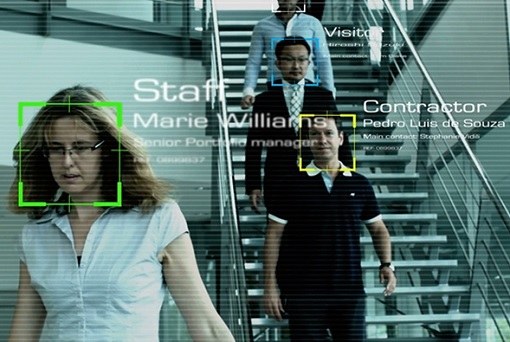
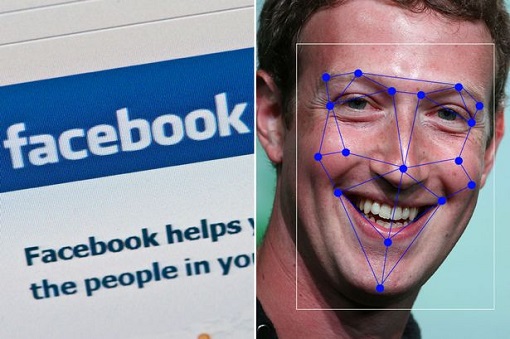
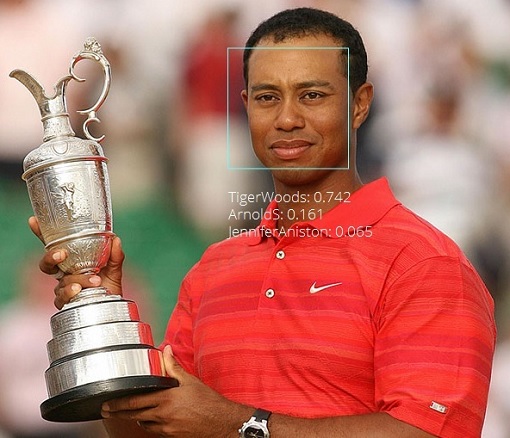
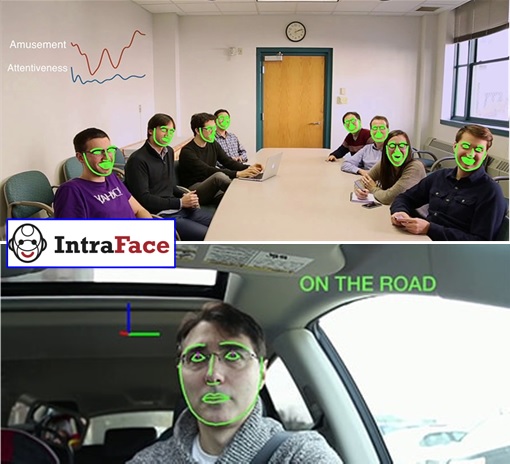
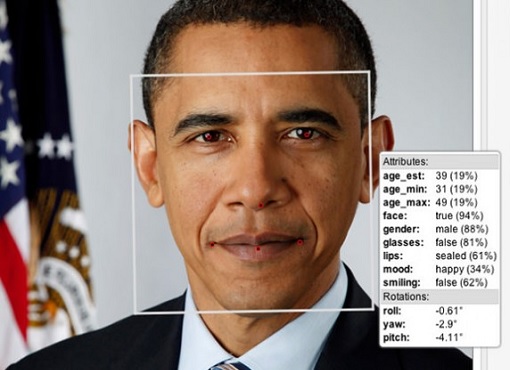
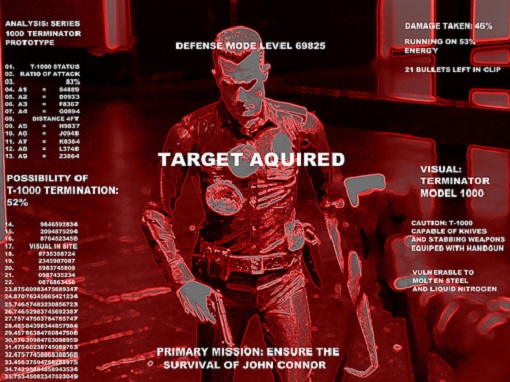
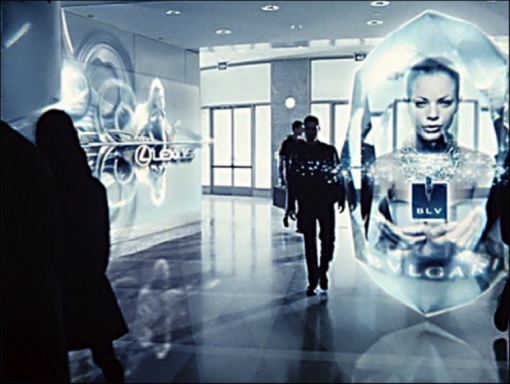






















Comments
Add your comment now.
Leave a Reply